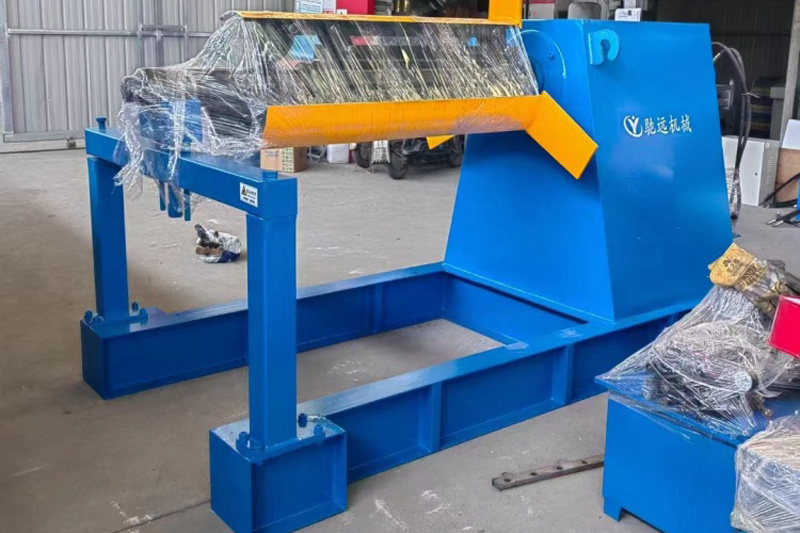Working principle of tile pressing machinery
May 20,2024

Tile pressing machinery plays a crucial role in the manufacturing of tiles. This article will delve into the working principle of tile pressing machinery, explaining how it operates and the key components involved.
1. Introduction to tile pressing machinery
Tile pressing machinery is a type of equipment used in the production of tiles, which are commonly used for flooring, walls, and roofs in both residential and commercial buildings. The main function of tile pressing machinery is to press and shape raw materials into tiles of various sizes, shapes, and designs.
2. Components of tile pressing machinery
Tile pressing machinery consists of several key components, each playing a specific role in the pressing process. These components include the press head, the die, the hydraulic system, the feeder, and the control panel.
- The press head is responsible for exerting pressure on the raw materials to mold them into tiles. It is typically equipped with a pressing plate that applies the necessary force to shape the tiles.
- The die is a mold that determines the size and shape of the tiles. It is mounted on the press head and is designed to create tiles with specific dimensions and patterns.
- The hydraulic system provides the power needed to operate the press head. It controls the pressure and speed of the pressing process, ensuring that the tiles are formed accurately and efficiently.
- The feeder is responsible for supplying the raw materials to the press head. It ensures a continuous flow of materials into the pressing chamber, allowing for a smooth and uninterrupted production process.
- The control panel is used to monitor and adjust the settings of the tile pressing machinery. It allows operators to regulate parameters such as pressure, speed, and temperature, ensuring that the machinery operates effectively and produces high-quality tiles.
3. Working principle of tile pressing machinery
The working principle of tile pressing machinery can be summarized in the following steps:
- Raw materials, such as clay, sand, and water, are mixed together to form a homogeneous mixture.
- The mixture is fed into the feeder, which delivers it to the pressing chamber of the machinery.
- The press head exerts pressure on the mixture, forcing it into the die and shaping it into tiles.
- The hydraulic system controls the pressure and speed of the pressing process, ensuring that the tiles are formed accurately and consistently.
- Once the tiles are molded, they are removed from the die and transferred to a drying chamber, where they are allowed to cure and harden.
- The dried tiles are then fired in a kiln to give them strength and durability.
4. Benefits of tile pressing machinery
Tile pressing machinery offers several benefits in the manufacturing process of tiles. These include:
- Increased efficiency: Tile pressing machinery can produce a large number of tiles in a short amount of time, allowing for higher production rates and reduced labor costs.
- Consistent quality: The machinery ensures that tiles are formed accurately and consistently, resulting in high-quality products that meet industry standards.
- Customization: Tile pressing machinery can be adjusted to create tiles of various sizes, shapes, and designs, allowing manufacturers to meet the diverse needs of their customers.
- Cost-effectiveness: By automating the pressing process, tile pressing machinery helps reduce waste, minimize errors, and optimize production, leading to cost savings for manufacturers.
In conclusion, tile pressing machinery plays a vital role in the manufacturing of tiles, offering efficiency, consistency, customization, and cost-effectiveness. By understanding the working principle of tile pressing machinery and its key components, manufacturers can optimize their production processes and deliver high-quality tiles to their customers.
PREVIOUS:
Contact Us
E-mail :
chiyuan@chiyuanmachine.com
Phone/Wechat:
+86-15100871888
Address:
Botou Economic Development Zone, Cangzhou City, Hebei Province, China







